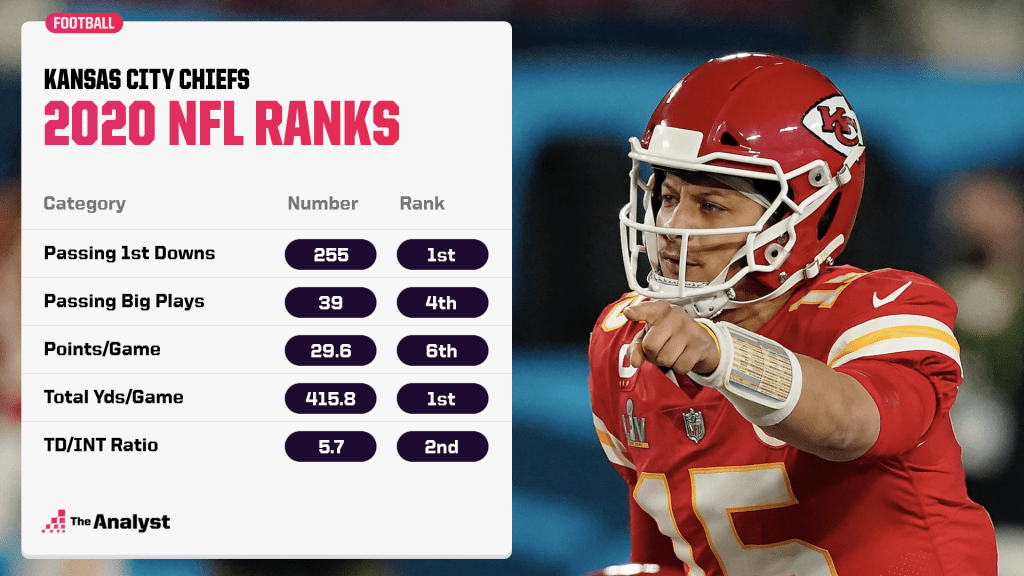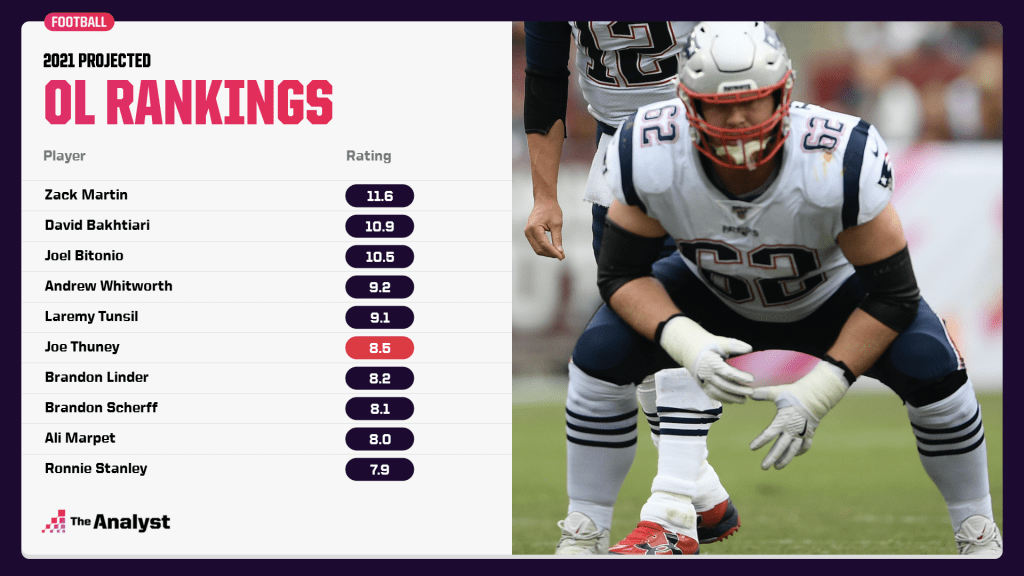Evolution or Revolution is a series that analyzes whether a team needs a few tweaks or a fundamental reboot.
Even in the wake of a devastating blowout loss on the biggest stage in football, there remains utmost confidence in the Kansas City Chiefs.
The 31-9 loss to the Tampa Bay Buccaneers in Super Bowl LV has not shaken faith in Patrick Mahomes, Andy Reid and company. You would be hard-pressed to find many doubting their ability to get back to the same stage next season.
Their defeat came as a combination of especially poorly timed bad luck on the injury front and the sheer dominance of a stacked Tampa Bay defense.
Being overwhelmed isn’t something the Chiefs have dealt with regularly, but that doesn’t mean they can ignore the lessons from their failure to repeat as Super Bowl champions.
Kansas City’s 2020 season was another in which it frequently produced the spectacular, yet the team’s tumble at the final hurdle has left it with some obvious holes to address this offseason.
Offense
The more things change, the more they stay the same.
That certainly was the case for Kansas City’s explosive passing offense last year. The Chiefs continued to shred teams through the air amid a backdrop of mostly empty stadiums.
Mahomes led the NFL with 316.0 passing yards per game, well ahead of runner-up Deshaun Watson’s 301.4. Watson’s Houston Texans were the only team to produce more passing plays of 20 yards or more (70-69) and more touchdown throws of at least 20 yards (16-15).

Kansas City’s efforts through the air were backed up by underrated production on the ground. The Chiefs ranked 12th in rushing yards per attempt (4.46), but they finished in the top 10 in rushes of 10 yards or more with 57.
But just 21 of those came from running back Clyde Edwards-Helaire, who didn’t quite live up to his billing. The rookie first-rounder tied for 143rd in the league with just 1.7 rushing yards after contact with a defender per attempt. Evading defenders was an area in which Edwards-Helaire was expected to excel.
Defense
Going into Super Bowl week, there was plenty of chatter about Chiefs defensive coordinator Steve Spagnuolo putting together a game plan to stop Tom Brady, as he did twice for the New York Giants in their 2007 and 2011 Super Bowl wins over the New England Patriots.
Any plan Spagnuolo had did not bear fruit as his talented and opportunistic defense failed to slow down a well-balanced Buccaneers attack.
The fact that Kansas City didn’t succeed in stopping Tampa Bay is not entirely surprising. Though they were tied for 10th in takeaways with 22 and ninth in opponent scoring efficiency, the Chiefs were often generous to opposing offenses in the regular season.
Kansas City ended up 18th in the league with 5.6 yards per play allowed – an average inflated by their vulnerability against the run. The Chiefs gave up 122.1 yards per game on the ground, ranking 21st in the NFL. Excluding kneel-downs, Kansas City stopped a league-worst 19 run plays for negative yardage.
But that might be a choice. Reid’s team does not appear to put too much emphasis on defending the run. It seems to treat giving up yardage on the ground as an occupational hazard of focusing on the pass. The flaws of that strategy were laid bare in the Super Bowl as the Chiefs gave up 145 rushing yards, and Leonard Fournette’s 27-yard touchdown scamper in the third quarter was the back-breaking play of the game.
Kansas City boasts talent on the defensive front and in the secondary, but for a team with few limitations, it may be prudent for those running the show to focus on minimizing the factors that have held the Chiefs back in terms of shutting down the ground game.
Verdict: Evolution
The elephant that made its presence in the room felt during the Super Bowl was the offensive line, which arguably stood as Kansas City’s most pressing need heading into the offseason.
Those looking to counter that suggestion will point to the absence of starting tackles Mitchell Schwartz and Eric Fisher against the Bucs. But the team has since released both linemen this offseason. Center Austin Reiter remains a free agent, but the Chiefs made an effort to bolster their offensive line by re-signing right tackle Mike Remmers and adding guards Kyle Long and Joe Thuney in free agency.
Long came out of retirement to sign a one-year contract after making three Pro Bowls with the Chicago Bears from 2013-19, while Thuney inked a five-year, $80 million deal after spending most of his career protecting Brady. Thuney could be a key pickup for the maligned front as he’s sixth in the NFL at 8.5% better than the league average in our 2021 projected OL rankings, which are based on combined run block and pass protection data over the past three seasons.

Should Long return from his year off in Pro Bowl form, Mahomes will face significantly less pressure up the middle in 2021. If the Chiefs can make similar reinforcements at tackle in the draft, the league’s most devastating quarterback may have the benefit of consistently clean pockets for Kansas City’s revenge tour.
Though the Chiefs re-signed wide reciever Demarcus Robinson to supplement stars Tyreek Hill and Travis Kelce, Sammy Watkins looks unlikely to be brought back.
Whether it’s improving the pass protection or adding more thump against the run, there is a strong chance the offseason of one of the NFL’s most expansive teams will be defined by them adding players who can restrict the space for their opponents.
